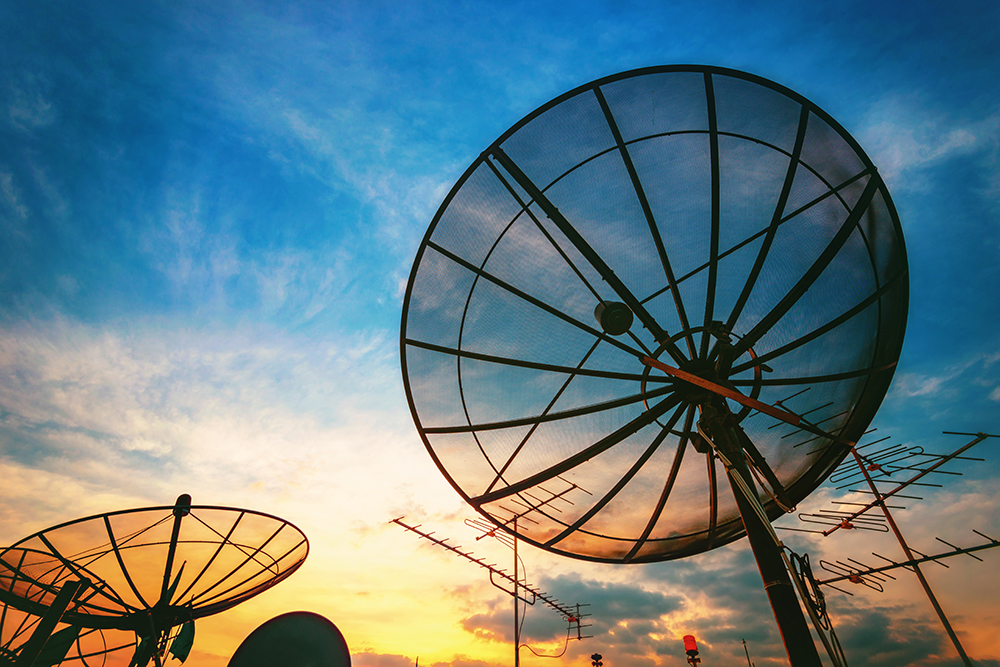

Juan Cacace
Leadership, Space & Connectivity


Xochitl Hernandez Medina
Space & Connectivity


Satellite communications provide wide area coverage, but have the potential to cause radio interference unbounded by international borders. Coordination of radio frequencies is normally achieved bilaterally for terrestrial services – like cellular networks – and is usually only an issue near national borders. To manage and coordinate satellite frequencies, however, the International Telecommunications Union (ITU, an arm of the UN) provides regulatory oversight.
The ITU keeps a register of satellite networks (known as the Master International Frequency Register, or MIFR), to maintain transparency across all administrations and operators. By providing a level of technical information for publication and following a set of frequency coordination rules, satellite operators can have their networks listed in the MIFR and claim protection from harmful interference. This article outlines the process and reviews the software provided.
Any operator planning a new satellite network – whether one satellite or one thousand – must first seek international coordination of the frequencies they intend to use. The process is defined in the Radio Regulations, consisting of a “coordination” stage (when the operator must study the impact on existing networks, and reach an agreement on any interference impact), and a “notification” stage (when the operator announces the launch and commencement of satellite operation). Once notification is completed, the network is listed in the ITU’s Master Frequency Register, and (theoretically) enjoys protection from interference. Both stages rely on the initial submission of a satellite filing, describing the intended frequencies of the network and technical characteristics necessary to conduct compatibility studies with others. The filing is published by the ITU Radiocommunication Bureau.
The method of filing has evolved over the past 30 years. Initially, all filings were made in paper form, until electronic capture began in the 1990s. The ITU commissioned a software tool (known as “GIMS”) to capture graphical data such as satellite coverage maps. Others followed, such as a tool to calculate the power flux density from a satellite to show compliance with limits given in the Radio Regulations. Finally, the ITU defined a database structure for capturing the filing information itself. This uses the commercial Microsoft Access format, and the ITU built a series of tools to capture, validate and examine the data. Introduction of these tools has been phased, allowing submissions in paper format if necessary. Today, every filing must be submitted electronically. The long evolution of the software packages, however, poses obstacles to an operator wishing to make a satellite filing.
To begin the filing, the first job is to categorise the frequencies used, the earth station and satellite transmission characteristics and antenna performances. These provide sufficient information to make an initial assessment of compatibility, and to demonstrate compliance with any EIRP and/or PFD constraints detailed in the Radio Regulations. It is then necessary to ensure that a service can be delivered within such constraints. The information is captured using the SpaceCap software package, a somewhat dated and user-unfriendly tool which can be challenging to navigate even for experienced users. It is noted that the complex requirements of the Radio Regulations and its allocations do not readily lend themselves to capture within a structured software package. That notwithstanding, however, the software menus are poorly explained and (if a single checkbox is overlooked) unnecessary data is requested that causes random errors later on.
Once prepared, the filing must be validated to ensure completeness and consistency using the SpaceVal tool. Although a much more recent addition to the software suite and less burdened with a legacy of revisions, the validation process can also be challenging, particularly for complex networks. It is not uncommon for the software to flag errors despite the network being in full compliance with the Radio Regulations. A common occurrence is for the validation software to indicate that information is missing, only to then flag that the data is not required once entered. The process of clearing such errors can therefore be a lengthy iterative process, but since the ITU will not accept a filing with any outstanding errors, it is not a step that can be avoided.
Once the core data has been captured and validated, the final step is to provide elements of graphical information – including satellite beam diagrams and geographical service areas – relating to network operation. These are provided in the form of attachments, usually generated from graphical packages such as the ITU’s antiquated GIMS or more modern antenna modelling suites. Although clunky, the GIMS package has the advantage that it can be read by other ITU packages to automatically calculate power-flux density levels on the ground from a geostationary satellite. In addition, some filings are accompanied by graphics describing novel modulation, multiple-access or channelization designs, where these can potentially impact compatibility with other systems.
Submission of the completed filing – along with the attachments – is now completed using a web-based portal. However, that is rarely the end of the initial filing process. The ITU regularly seeks further information on the filing and its structure, sometimes to assist in the verification task but also to avoid filings inadvertently being rejected due to violations of the Radio Regulations. It is not uncommon for the ITU to invite resubmission of filings, to allow minor errors to be rectified.
The process of creating a satellite filing is more complex than may be implied directly by the Radio Regulations. The software tools which have been developed by the ITU are limited in their practical utility and have evolved over time to incorporate new updates as they happen – as a result they are very clunky and difficult to use. As electronic submissions are now mandatory and the ITU charges a substantial fee for processing in an attempt to reduce unnecessary filings, the case for a major upgrade of the software is growing. While this may cause challenges in the short term, a more intuitive system would benefit both operators and administrations, and especially the Bureau, whose processing time would be affected accordingly.



